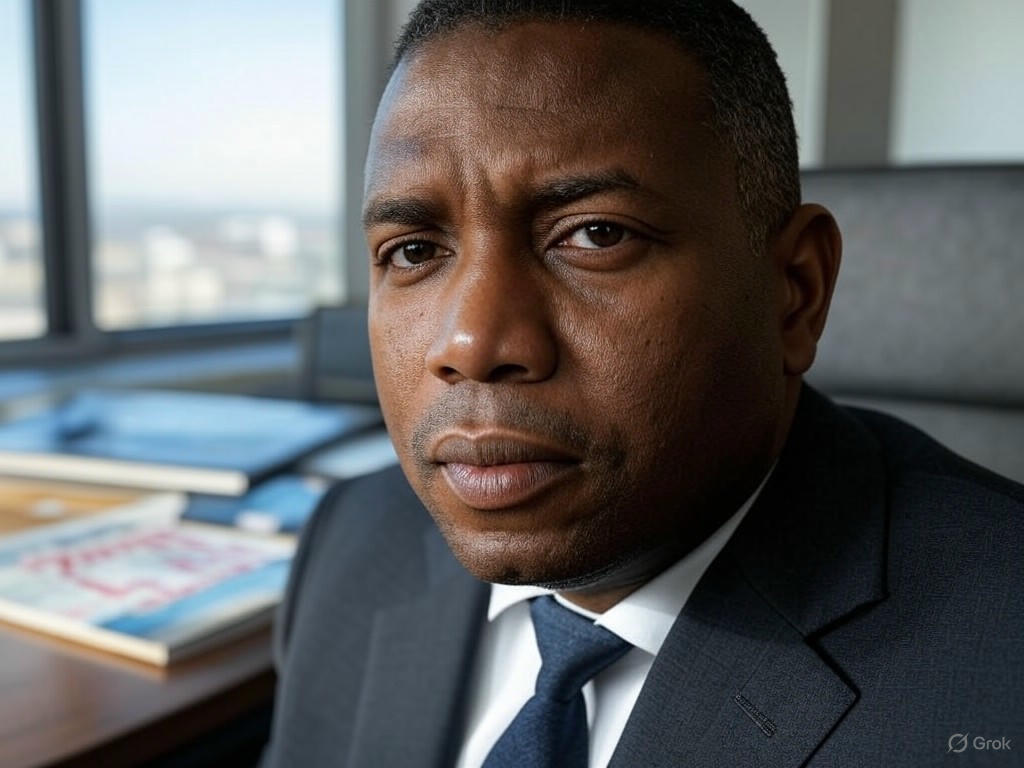The Looming Crisis: US Treasuries Face a Reckoning, Warns Market Expert
In a stark warning that has sent ripples through financial markets, Jeffrey Gundlach, the influential head of DoubleLine Capital, has raised alarms about the sustainability of America’s growing debt load. With the national debt soaring to unprecedented levels and interest payments becoming a crushing burden, Gundlach predicts a potential turning point for US Treasuries, one that could reshape investor confidence in dollar-denominated assets. His recent statements highlight a critical issue: the United States may be approaching a fiscal cliff that could undermine the stability of its financial system.
The numbers paint a grim picture. The US government’s debt has ballooned past $30 trillion, a figure that continues to climb as borrowing remains a key tool for funding federal programs and managing deficits. Meanwhile, the cost of servicing this debt—paying interest to bondholders—has surged, especially as interest rates rise in response to inflation pressures. Gundlach argues that this dynamic is no longer sustainable, describing the situation as a ticking time bomb. He suggests that if left unchecked, the mounting expenses could force a reevaluation of the perceived safety of US Treasuries, long considered a bedrock of global finance. For decades, these securities have been viewed as a risk-free benchmark, but Gundlach warns that this trust may soon be tested.
What makes this prediction particularly unsettling is the potential ripple effect on global markets. US Treasuries are a cornerstone of international finance, held by central banks, institutions, and individual investors worldwide. If confidence in these assets wavers, as Gundlach anticipates, there could be a significant shift away from dollar-based investments. This might drive capital into alternative safe havens, such as gold or other currencies, potentially weakening the dollar’s dominance. Such a scenario would not only impact Wall Street but also everyday Americans, as a weaker dollar could fuel inflation and raise the cost of imported goods. Gundlach’s cautionary outlook serves as a reminder of how interconnected the global economy is and how vulnerabilities in one area can quickly spread.
While some analysts argue that the US government has historically managed to navigate debt challenges through policy adjustments or economic growth, Gundlach remains skeptical. He points to the current political gridlock in Washington as a barrier to meaningful reform, suggesting that without decisive action, the problem will only worsen. His advice to investors is clear: prepare for turbulence and consider diversifying portfolios to mitigate risks tied to US debt.
As the financial world digests Gundlach’s warning, the future of US Treasuries hangs in a delicate balance. Whether his prediction of a reckoning comes to pass remains uncertain, but it underscores a growing unease about America’s fiscal health. For now, markets are on edge, watching closely for signs of strain in the world’s largest economy. The question is not just whether a crisis will emerge, but how prepared investors and policymakers are to face it when it does.


